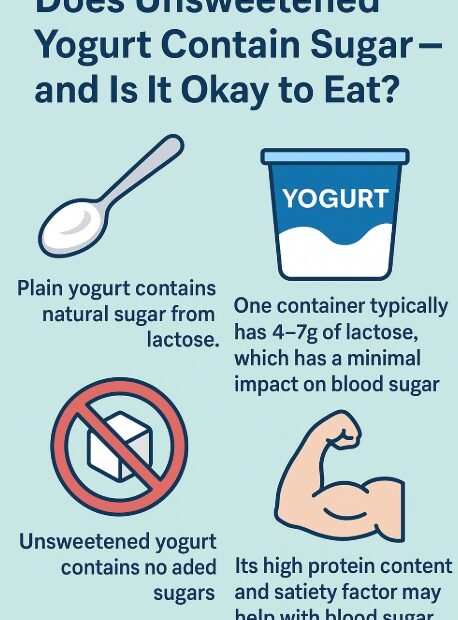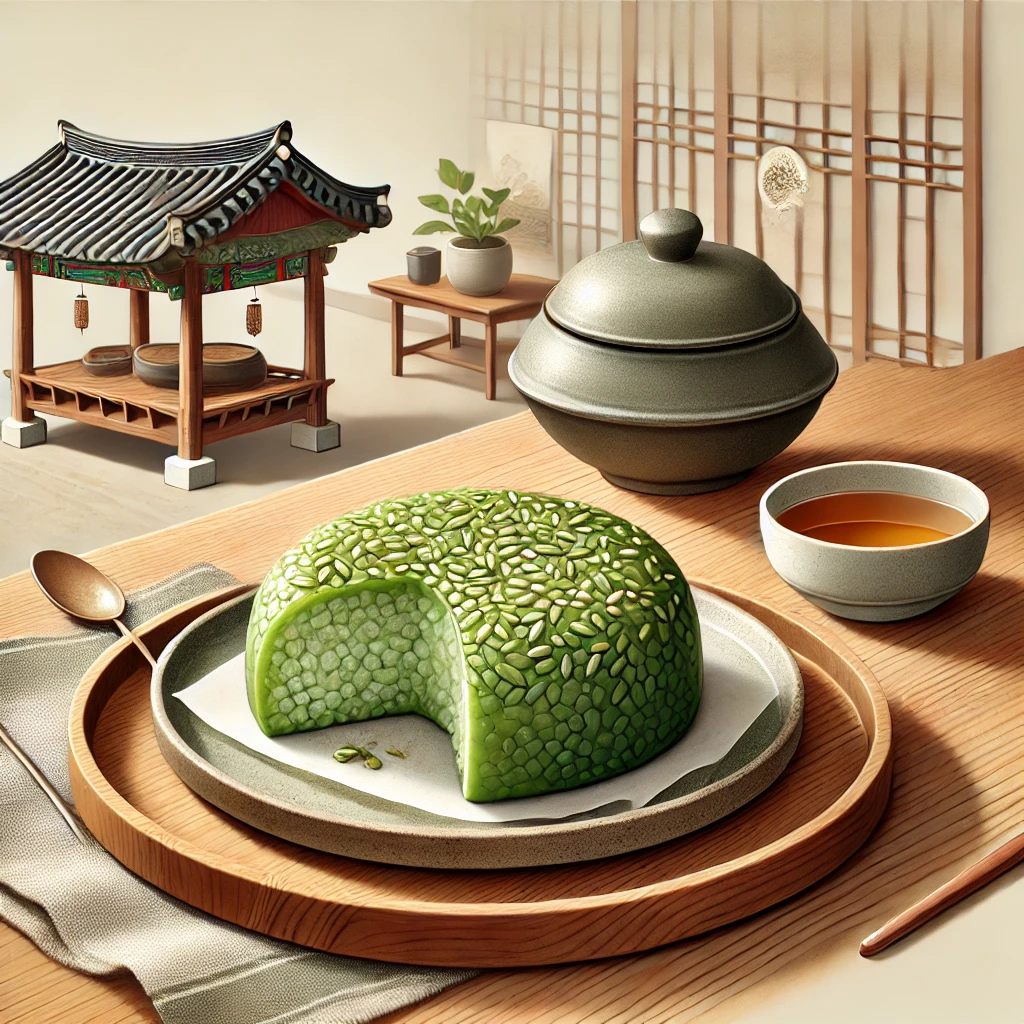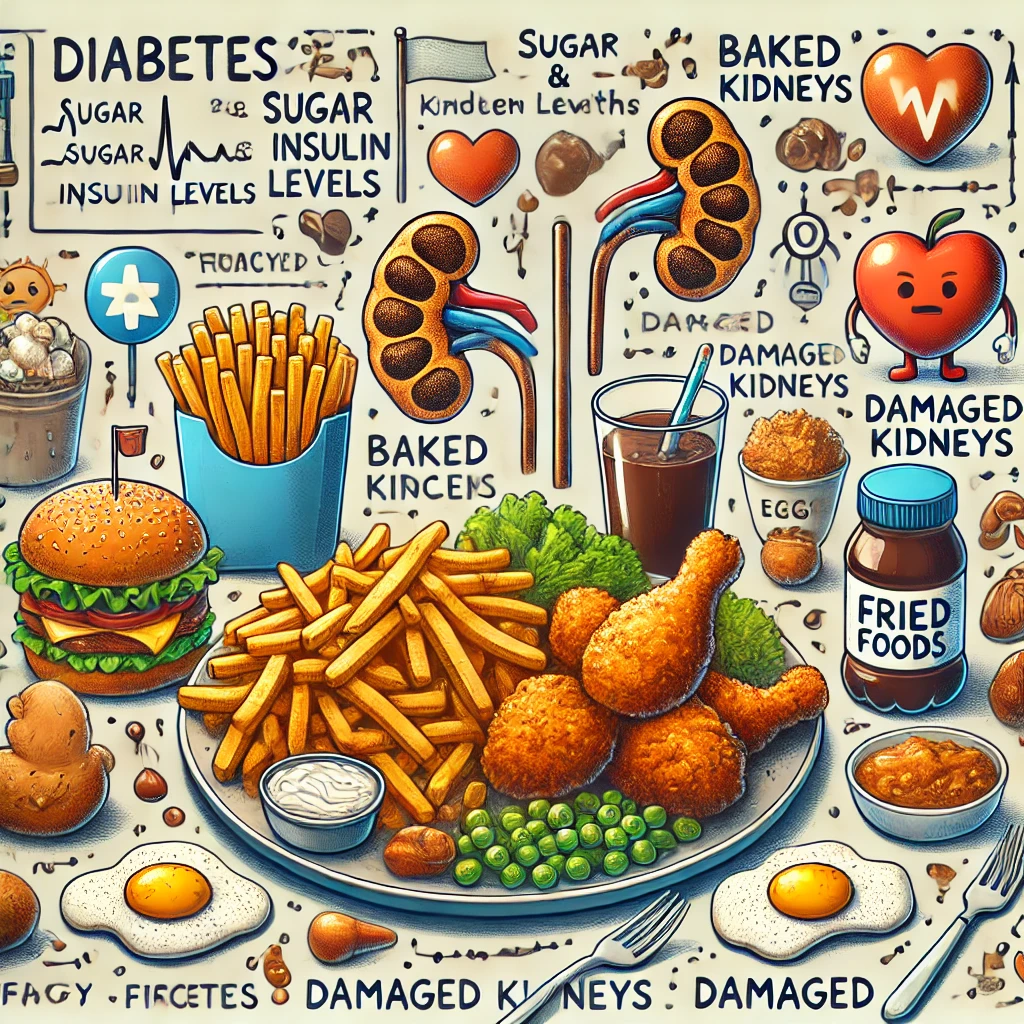Does Unsweetened Yogurt Contain Sugar — and Is It Still Okay to Eat?
Summary Unsweetened yogurt contains natural sugar from milk called lactose. It doesn’t contain added sugars, only naturally occurring ones. People with diabetes or those managing their weight can safely enjoy it in moderation. It’s important… Does Unsweetened Yogurt Contain Sugar — and Is It Still Okay to Eat?






